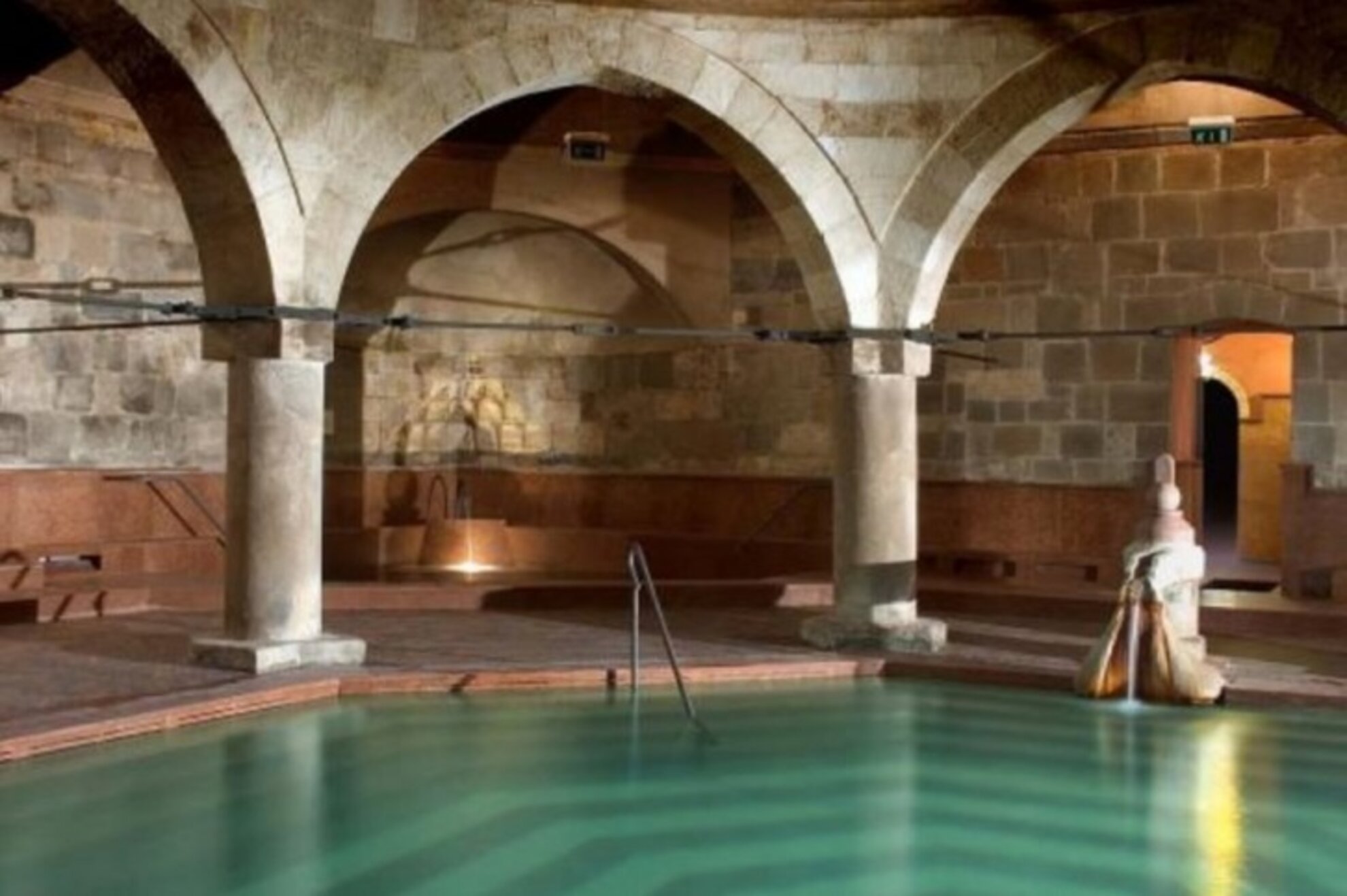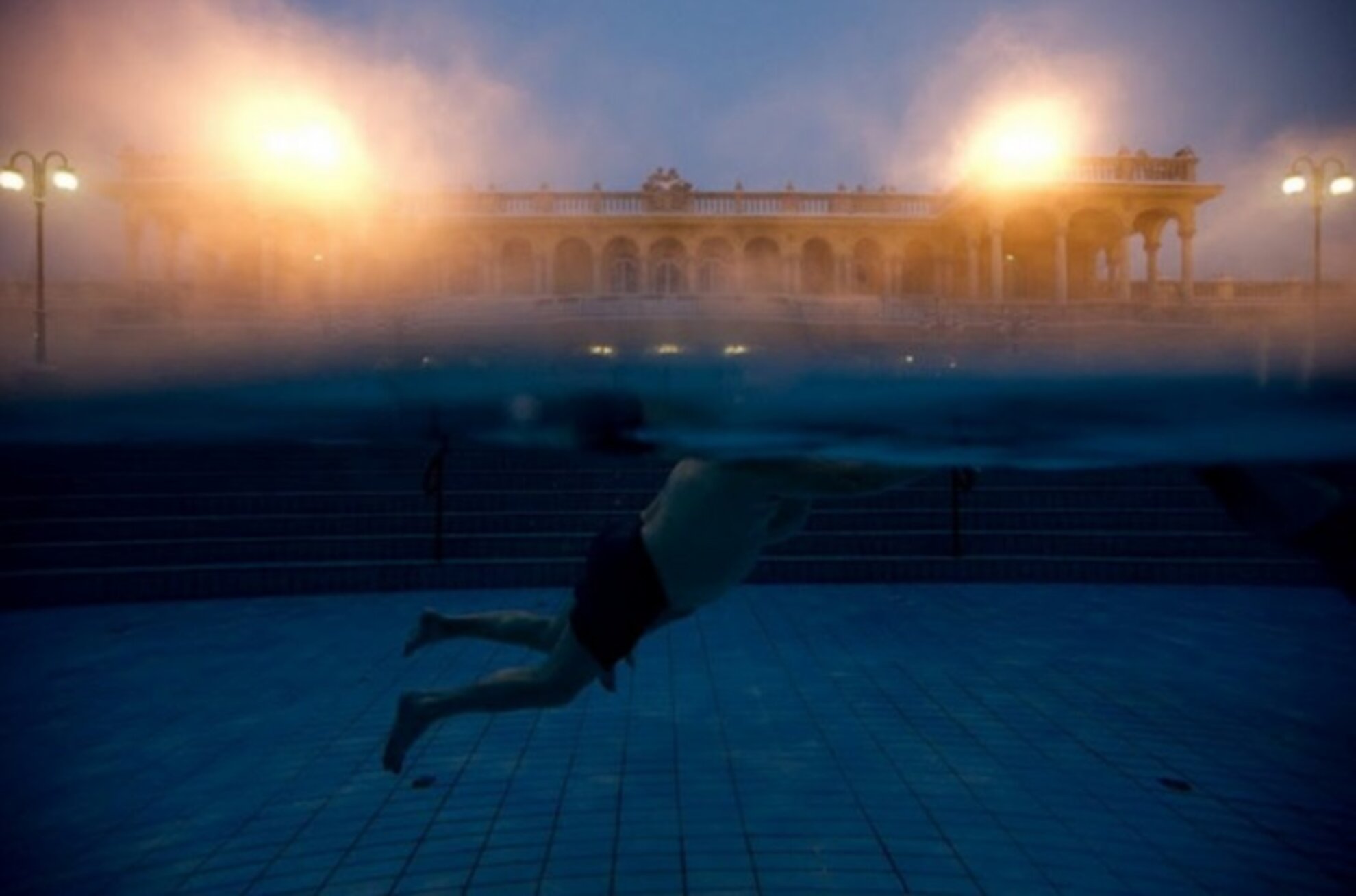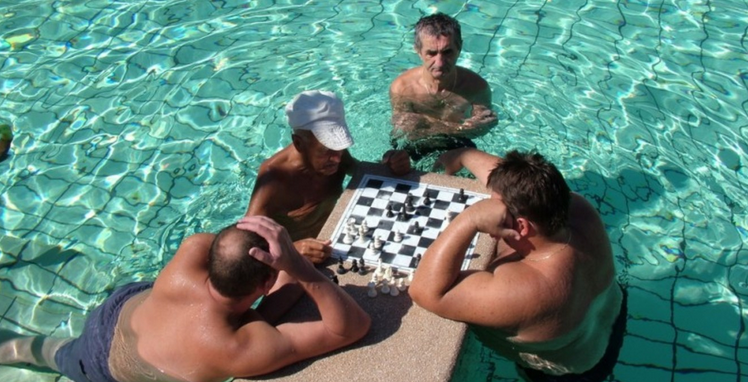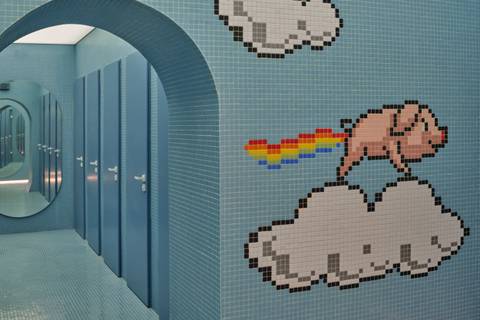Pannonia province was part of the eastern border of the Roman Empire and its capital was Aquincum. The name itself means the presence of healing waters. There were more than a hundred hot thermal springs around the area of the present Budapest, which were used to heat the houses of proconsuls and roman civilians. The ruins of ancient water pipes are still found in some places of the city.
History of Hungarian Baths

However, the 2000-year-old spa culture was less significant in the Middle Ages than in the Roman times, probably the only positive effect of the Turkish occupation was that they brought back and developed the spa tradition in Hungary. The presence of the warm healing water was probably the reason why they stayed for 150 years. Rudas and Király thermal baths have maintained their Turkish style and they are as popular today, as they were at those times.
The golden ages of building spas in Budapest coincides with the development of the Austro-Hungarian Monarchy. Gellért, Széchenyi, Rác and Lukács Baths were built this time, and these are still the most significant baths of the city. Most baths lost their popularity in the twentieth century but a great spa renovation and development project has started in the past 10 years. With the help of these projects, they managed to reconstruct the original historical interior of Széchenyi, Rudas and Gellért Baths. Rác Thermal Bath became a private property, and the Italian luxury hotel chain, the Baglioni, is planning to open the most elegant spa of Budapest within a couple of months.TreatmentsThe primary functions of spas were to treat and ease the symptoms of a wide range of illnesses like arthritis or other physiological conditions. Patients arrived to the well-known health resorts from all over the country, where they enjoyed many different treatments besides the healing effect of the warm waters. The Hungarian health insurance still supports these traditional treatments. You can read some examples below.
- Mud treatments – The components of medical clays are the same as the components of the thermal water the mud originates from. They usually put a 5-10 cm thick layer on the area to be treated and it eases the pain. Relaxation follows the treatment.
- Aerated bath – They add carbonic acid to the thermal water during the treatment and the tiny bubbles in the water have a great relaxation effect. Bubbles also increase the amount of carbonic acid in the skin; they slow down heart beat and decrease blood pressure.
- Electrotherapy – It is a treatment of physiotherapy with the effects of improving blood circulation and killing pain. The so-called galvanizing therapies and diaterma treatments are usually used in illnesses of the joints.
- Medical weight bath – These treatments are good for patients having pain in their backbone. Patients are supported around their neck or underarms while hanging in warm water and having some weights attached to their waist or ankles to move their vertebrae apart from each other.
- Underwater jet massage – It is a treatment based on the effects of balneotherapy, hydrotherapy and the mechanical therapy of jets of water. The hot water and the massage together give the healing effects for muscle pains and muscle relaxation.
- Massages – In the traditional thermal baths, it became quite popular again to provide different medical massages instead of trendy wellness ones. Relaxation and pain killing are the main purposes of the different massage techniques.

The baths of Budapest managed to open up towards a new group of customers, the generation of young adults. Some might think that spas are old fashioned and you only find elderly people with joint problems inside their wet walls. There were some very successful mega-parties organized in some spas, with a huge crowd of young people. One of these party series is Cinetrip that changes Rudas Spa into a glittering water circus every month. Organizers involved Lukács and Király Baths as well. There are similar dancing parties in Király Bath and Lukács spa became home for special literature nights.




